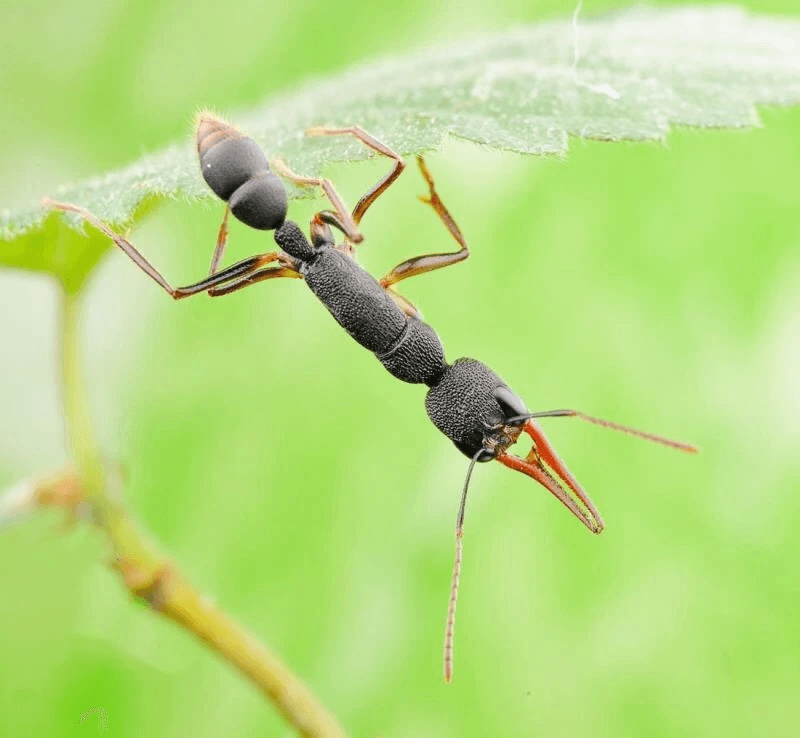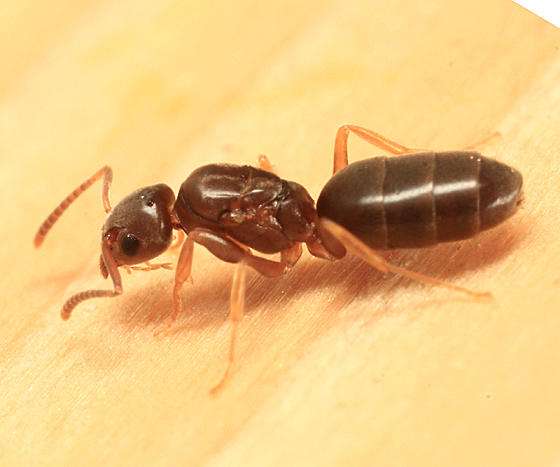
An ant species called Harpegnathos venator can be found in northern India, sections of Burma, and other parts of South and Southeast Asia.
Description
Worker
The worker is black; the worker’s mandibles, clypeus, antennal carinae, and legs are brownish yellow. The head and thorax are densely and coarsely cribrately punctate, and the abdomen is finely densely reticulately punctate, opaque, and has some large shallow punctures. Rather sparse, short, erect pale hairs cover the head, thorax, and abdomen; pubescence is little but fairly abundant and only visible under particular lighting conditions. The traits of the genus for the remainder.
Queen
Comparable to the worker, but with ocelli in the middle of the front and long, oblong punctures on the abdomen. notably the thorax is more robust than in Harpegnathos saltator.
Male
Males have mandibles that are large at the base and attenuate, narrow, and slender in direction of the forward-facing tip. Head is relatively rounded, rectangular, and wider than long. slightly smaller eyes than those of the queen. A little depression with a robust striatum within that lies between the mesonotum and scutellum. Except for the thorax, which is coarsely rugose, punctate, or striated, the body is smooth and glossy (longitudinally on the metanotum). covered in a fine, golden pilosity, which is more prevalent on the legs than elsewhere. Very pale testicles (legs, antenna).

Facts
Area of distribution: Southeast Asia
Ant’s color is black.
Level of difficulty: 3.5/5
Temperature range: 26–27 degrees
Nest humidity: 60 to 80%
Outside humidity: 50 to 60%
No wintertime rest
Increase: 2/5
Increase in workforce: between 300 and 400
Monogyne colonies (one queen per nest) are the most common type of colony.
Care Guide as Pet
Diet : Fruit flies, red runners, crickets, mealworms, buffalo worms, and dubias are examples of insects. Sugars like honeydew, sugar water, byFormica sunburst ant nectar, etc. Normal food requirements
Approximately 30 workers or more are needed to create a tiny nest.
Natural setup with coconut humus and AntLab ytong Nest with sand bottom are recommended nest types.
Table





